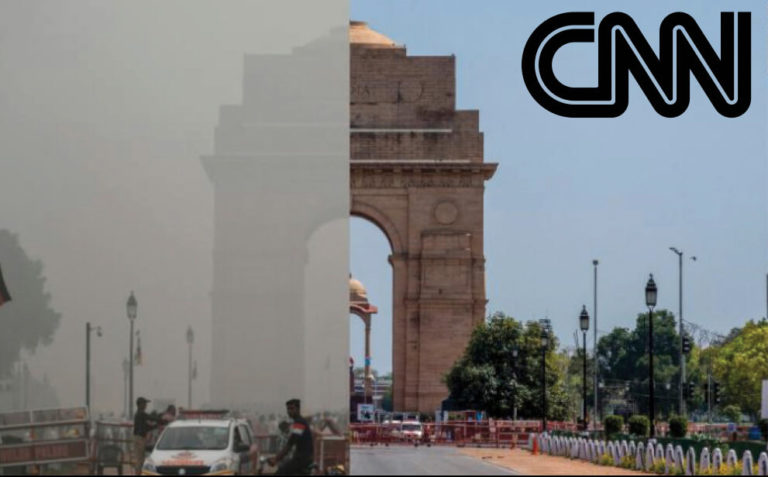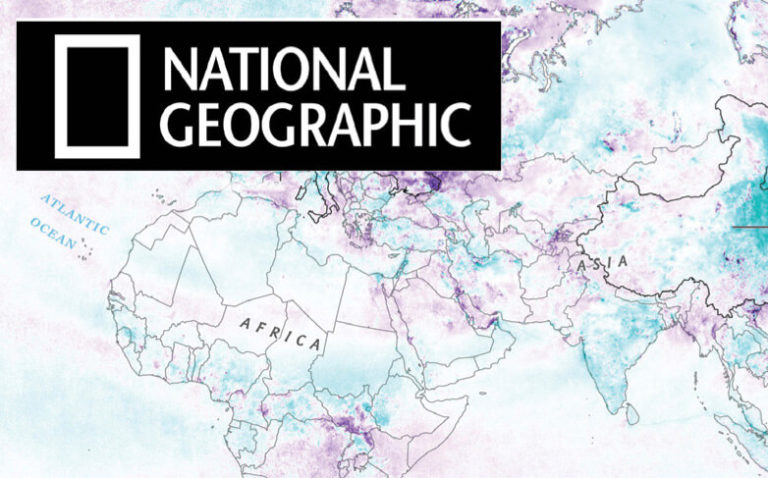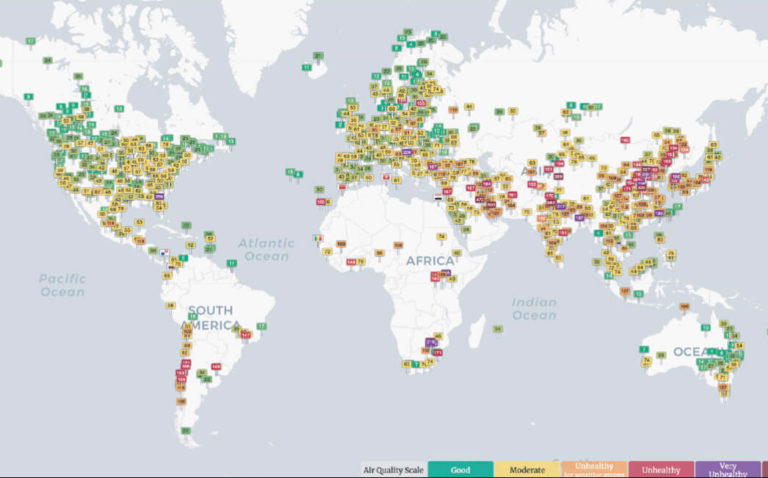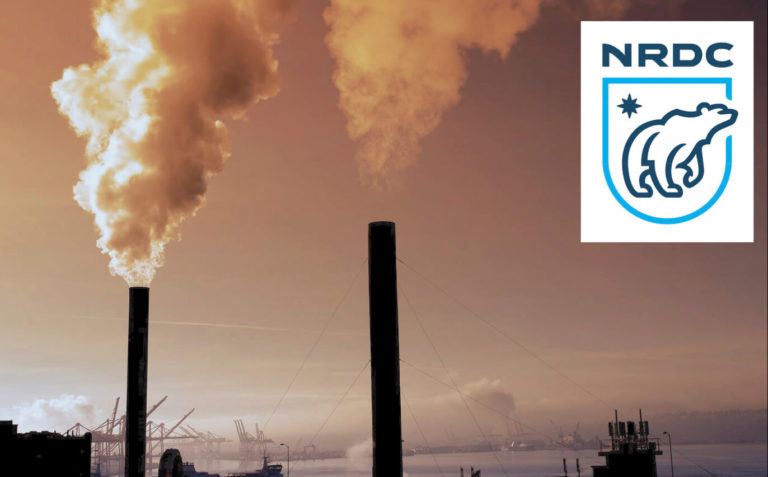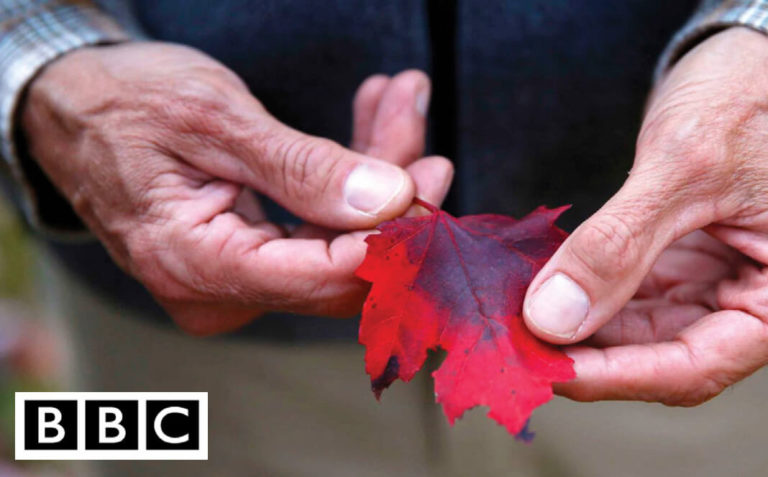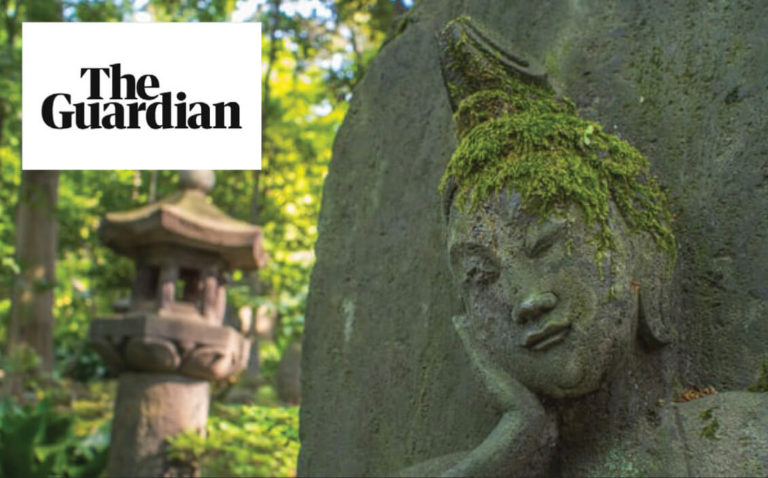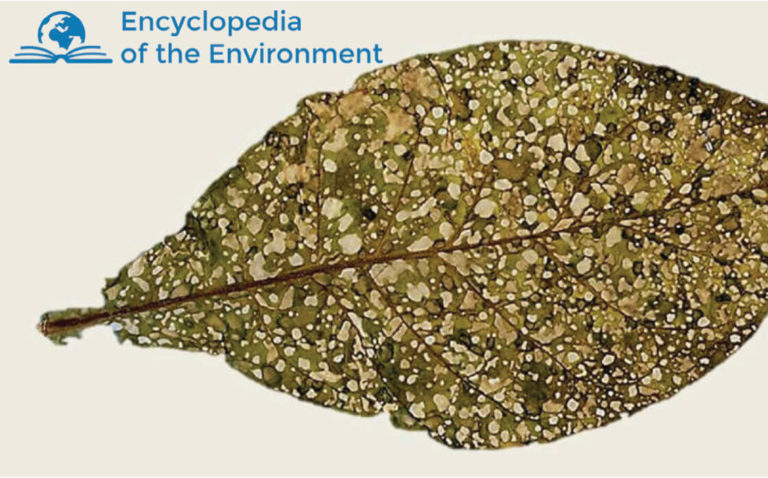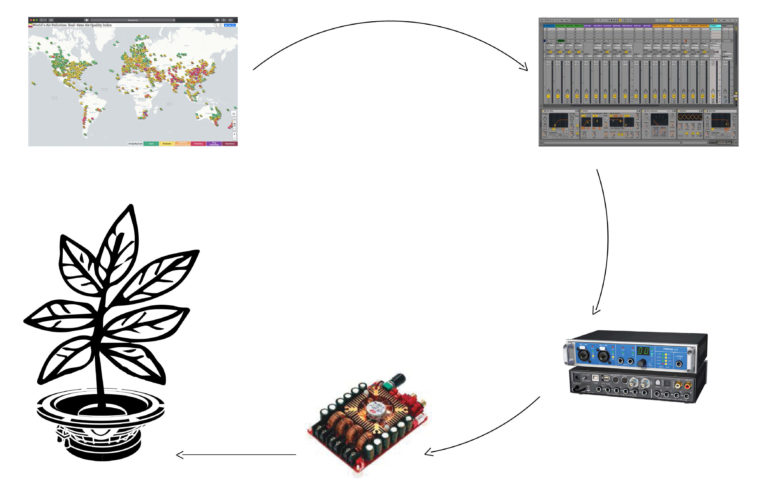Marco Barotti
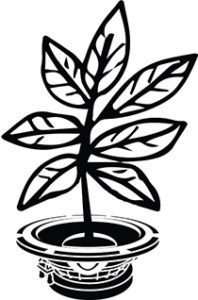
植物The plant
马可巴罗蒂(Marco Barotti)的艺术实践是我们日常生活的诗意和视觉超声化,他动感的声音雕塑引导人们关注生态问题。
自新冠肺炎流行病开始以来,世界许多工业区的氮氧化物的浓度已经下降至50%。为了缓解新冠肺炎的传播,政府减少交通、生产制造活动,人们也因之待在家中,这使得空气中的污染直线下降。在减少工业排放和碳足迹方面,我们正在目睹一个前所未有的时刻。
受到这一启发,马可巴罗蒂正在进行一个新项目,落脚于空气污染问题。“植物”是一个通过揭示空气污染对我们的环境和生物影响的动能声音雕塑。由世界空气质量指数(https://aqicn.org/map/world/)的实时数据作为驱动,雕塑不断改变其形状和声音景观。
Marco Barotti’s art practice is a poetic and visual sonification of our daily habitat. His kinetic sound sculptures steer the focus on ecological issues.
Since the onset of the pandemic, concentrations of nitrogen oxides have been reduced to 50% in many industrial parts of the world. Air pollution is plummeting as governments are shutting down traffic and manufacturing activities followed by people staying at home to slow the spread of Covid-19. We are witnessing an unprecedented time in terms of reduction of industrial emissions and carbon footprint.
Inspired by this incentive Marco Barotti is working on a new project that tackles the issue of air pollution. The Plant is a kinetic sound sculpture that reveals the impact of air pollution on our environment and living organisms. Driven by real-time data generated by the World Air Quality Index, (https://waqi.info) the sculpture constantly reacts changing its shape and soundscape.
新德里NEW DELHI

2019年10月October 2019 2020年4月April 2020
曼谷BANGKOK
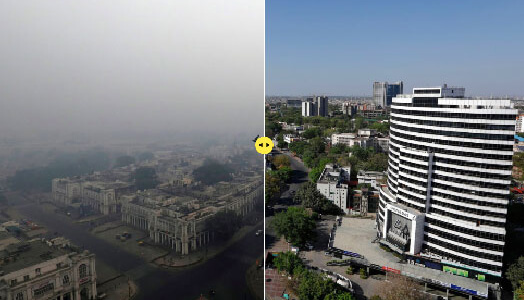
2019年4月April 2019 2020年4月April 2020
如今我们认识到世界可以在瞬间改变。我们不经意间正在进行有史以来最大规模的实验。 我们是否正在看到转向低碳经济之后的未来可能?尽管这场危机带来了这么多痛苦,但还有希望因之建立一个更美好的世界吗?
我们认为我们的星球和生命是理所当然的,直到病毒造成难以想象的破坏和困难。这场疫情将在地球的每一个角落产生深刻和持久的经济和社会后果。新冠肺炎是一个警钟,他放大了我们所有的失败和根基上的裂缝。我们需要拥抱变化和迈向新的可持续性未来。
Today we recognise that the world can change on a dime. We are accidentally conducting the largest scale experiment ever seen. Are we looking at what we might see in the future if we can move to a low carbon economy? In spite of all the misery in this crisis, is there also hope for a better world?
We took our planet and life for granted, until a virus caused unimaginable devastation and hardship. The outbreak will have profound and lasting economic and social consequences in every corner of the globe. Covid-19 is a wake-up call that amplifies all the failures and cracks of our foundations. We need to embrace change, reinvent ourselves and move towards a new sustainable future.
调查研究:空气污染与新冠疫情Research: Air pollution and Covid-19
新的研究将空气污染和新冠病毒更高的死亡率联系起来(《纽约时报》)New Research Links Air Pollution to Higher Corona Virus Death Rates (The New York Times)
中国的空气污染回到了疫情之前的水平,欧洲可能会效仿(《卫报》)Air Pollution in China Back to Pre-covid levels and Europe may follow (The Guardian)
在新冠病毒封锁期间,全球主要城市的空气污染空前下降(CNN)Air Pollution Falls by Unprecedented Levels in Major Global Cities During Coronavirus Lockdowns (CNN)
调查研究:生物指示器和解决方案Research: Bio Indicators & Solutions
调查研究:技术进展、数据转换、超声处理Research: Tech Developments, Data Translation, Sonification
世界空气质量指数网站 (https://waqi.info) 将实时数据输送到一系列电脑应用程序,这些程序将数据转换成高频和低频音频。这些音频频率传送给“植物”,高频率则产生随之变化的音响范围,低频率则引起“植物”雕塑的运动。
The world air quality index web site streams real-time data to a chain of computer applications that convert the data into high and low audio frequencies. These frequencies are sent to the plant. While the high ones produce the evolving soundscape, the low frequencies generate the kinetic movements of the plant sculpture.
在艺术品中找到意义
Finding meaning in the artwork
植物
宋雨、杨欣芸
“植物”是一个动能的声音雕塑,通过模仿叶子植物,它具有跟踪空气污染程度能力。该雕塑是由意大利媒体艺术家马可巴罗蒂(Marco Barotti)i设计,旨在揭示微粒物质对我们的环境和生物的影响。雕塑的声音元素主要是由世界空气质量指数网站生成的实时数据形成的。该网站将实时数据流传输到将数据转换为高频和低频声音的计算机应用程序链。然后,频率被发送到植物雕塑,在产生不断变化的声景同时生成机械结构的动力运动。这里涉及的技术打破了学科之间的界限,将生态研究融入到多种媒体艺术中。该雕塑能够带动观众的多重感官如视觉和听觉,它模仿真正的植物的形态给客人制造了一种在未来它将取代真实植物的画面。雕塑以这种想象力唤起了人们对于人类生态环境因人为改变而带来的未知结果所产生的恐惧和警惕。
Barotti创造的”植物”发生在当世界人类活动为了遏制病毒的传播而减少到最小化的新冠肺炎时期。这位意大利的艺术家注意到,自这一流行病开始以来,在世界许多工业区大气层中氮氧化物的浓度已降至50%。通过这种史无前例的工业排放量的减少时期,雕塑反映了人类与生态环境之间的关系。其目标是通过艺术的情感体验提高人们对生态问题的认识。它激励人们在有限和最直接的经验视野之外去思考,在更大层面上去感受到其影响。
“我试图在我们的生态系统中,重现动物的虚构生物学和功能性。我试图去创造技术性的装置,灵感就来源于自然生态系统和生存其间的动物”
马可巴罗蒂(Marco Barotti)的艺术通过自然和城市环境中的动态声音干预来表达一个虚构的后未来主义时期的形成。“我试图在我们的生态系统中,重现动物的虚构生物学和功能性。我试图去创造技术性的装置,灵感就来源于自然生态系统和生存其间的动物。” Barotti 之前的作品的灵感大多来源于动物的形象,比如蛤蜊、天鹅、啄木鸟,等等,而这次的作品是第一个关于植物的。维维安·索布恰克(Vivian Sobchack)首次使用后未来主义这个词,用它来形容十九世纪七十年代末八十年代初的某些科幻电影。在艺术领域,这个术语被一小群艺术家和学者用来描述基于计算机技术进行创作的艺术、诗歌和写作。Barotti 就像是这样后一种描述的“后未来主义者”。
佛朗哥·贝拉迪(Franco Berardi )在他的后未来主义宣言中说:“我们呼吁艺术成为改变生活的力量”。马可巴罗蒂 Marco Barotti 的艺术作品不再作为仅供观览的展品出现在博物馆或画廊中,而是被融入城市环境和生态系统:只要通过与观众互动的实时变化,他们就”活着”。他的媒介艺术把生态系统中其他组成部分之间无形的关系视觉性得呈现在我们面前。技术正在改变我们的生活,也同时产生大量的科技浪费; 它在塑造我们的未来,也带来关于机器的预言式恐慌。就像 Barotti 的作品一样,它们让人感觉很熟悉,但也让人毛骨悚然,因为它们可能是我们未来的一部分。
The plant
By Yang Xinyun and Song Yu
The Plant is a kinetic sound sculpture. Imitating the shape of a leafy plant, it possesses the capacity of tracking air pollution. It was designed by Italian media artist Marco Barotti to reveal the impact of particulate on our environment and its living organisms. The sounding element of the sculpture is primarily determined by real time data generated by the World Air Quality Index website. The website streams the real-time data to a chain of computer applications that convert the data into high and low frequency sounds. The frequencies are then sent to the plant where the sculpture produces the evolving soundscape while generating the kinetic movements of the mechanical structure. The technique involved here has broken the boundary between subjects by blending ecological studies with multimedia art. The sculpture aims to engage the audience in a cross-perceptual modality, by targeting primarily vision and hearing. The sculpture’s imitative shape creates in viewers the feeling that this object could replace real plants in the future. By creating such an imaginative landscape, the sculpture also evokes a sense of fear and vigilance with the respect to the unknown consequences of man-made changes in the ecological environment.
Barotti created The Plant during and in response to the outbreak of the Covid-19 pandemic, where human activities at a global level have been minimized to contain the spread of the virus. The Italian artist noticed that concentrations of nitrogen oxides in the atmosphere has been reduced up to 50% in many industrially developed parts of the world during that time. Starting from this unprecedented reduction of industrial emissions, the sculpture is a reflection on the relationship between humans and their environment. Its goal is to raise awareness about ecological issues through the emotional experience of art. It challenges people to think outside their limited and most immediate horizon of experience to feel the implications at a larger level.
“I tried to create tech machines which are inspired by our ecosystem and the animals that live within it”
In Marco Barotti’s art, a fictional post-futurist world takes shapes through kinetic sound interventions in natural and urban environments. “I tried to recreate the fictional biology and functionality of the animals within our ecosystem. I tried to create tech machines which are inspired by our ecosystem and the animals that live within it.” Barotti’s previous artworks took inspiration from animal such as clams, swans, and woodpeckers. This is the first one to draw on the flora. Vivian Sobchack coined the term post-futurism to describe certain science fiction films from the late 1970s and early 1980s. In art, the term is used by a small collective of artists and academics to describe projects of computer based art, poetry and writing. Barotti appears to be this latter variety of post-Futurist.
In his “Post-Futurist Manifesto,” Franco Berardi writes: “We demand that art turns into a life-changing force.” The works of Marco Barotti are no longer exhibited in museums or galleries only, but are integrated into the urban environment and ecosystem: They are “alive” insofar as they change in real time by interacting also with the audience. His media art makes visible the invisible relationships with the other parts of the ecosystem . Technology is changing our lives, while at the same time generating vast amounts of tech waste; it is shaping our future, but at the same time is creating prophecies of mechanical fears. Just like Barotti’s works, those fears are familiar and frightening, because they could be part of our future.
Marco Barotti
马可巴罗蒂(Marco Barotti)是居住在柏林的意大利媒体艺术家。在锡耶纳爵士学院(Siena Jazz Academy)学习音乐后,他专注于将声音与视觉艺术相结合。他正在研究如何将声音制作和塑造成不同的设计实体,以及哪些带有含义的声音具有更广泛的环境意义。
他的艺术实践是我们日常栖息地的诗意和视觉的超声处理化,是未来生态问题的创新设计的共鸣牌。他的作品的驱动力是想发明一种艺术语言通过在自然和城市环境中进行动能声音的干预来表达一个虚构的后未来主义时代。
他的创作将与生态系统中其他部分的无形关系置于台前,唤起我们的感官和能力去倾听和感受我们所处的位置和利害关系。在他惊人的视觉设计和简约的形态中,数据超越数据通道的边界,并以实体形式表现了无处不在的疏离又亲近的活动存在。
Marco Barotti is an Italian media artist based in Berlin. After music studies at the Siena Jazz Academy, he focused on merging sound with visual art. He is investigating how sound waves can be crafted and molded into multiple designed entities and which implication sound has in a wider environmental sense.
His art practice is a poetic and visual sonification of our daily habitat and an innovatively designed sounding board for the ecological questions ahead. His work is driven by the desire to invent an artistic language in which a fictional post-futurist era is expressed through kinetic sound interventions in nature and urban environments.
His creations put the invisible relationships with other components in the ecosystem to the front and arouse our senses and abilities to listen and feel where we are and what is at stake. In his striking visual designed minimalistic bodies, data surpass the boundaries of data channels and manifest materially into ubiquitous estrange yet familiar kinetic beings.




